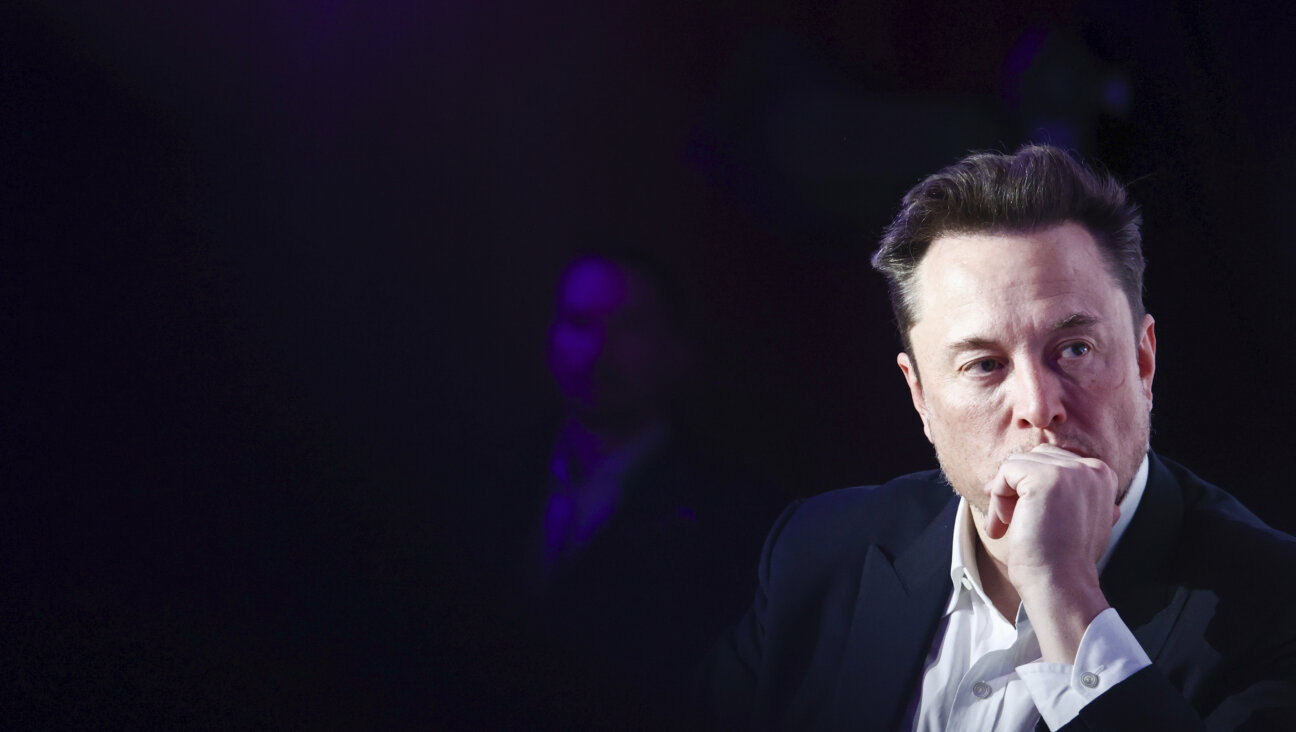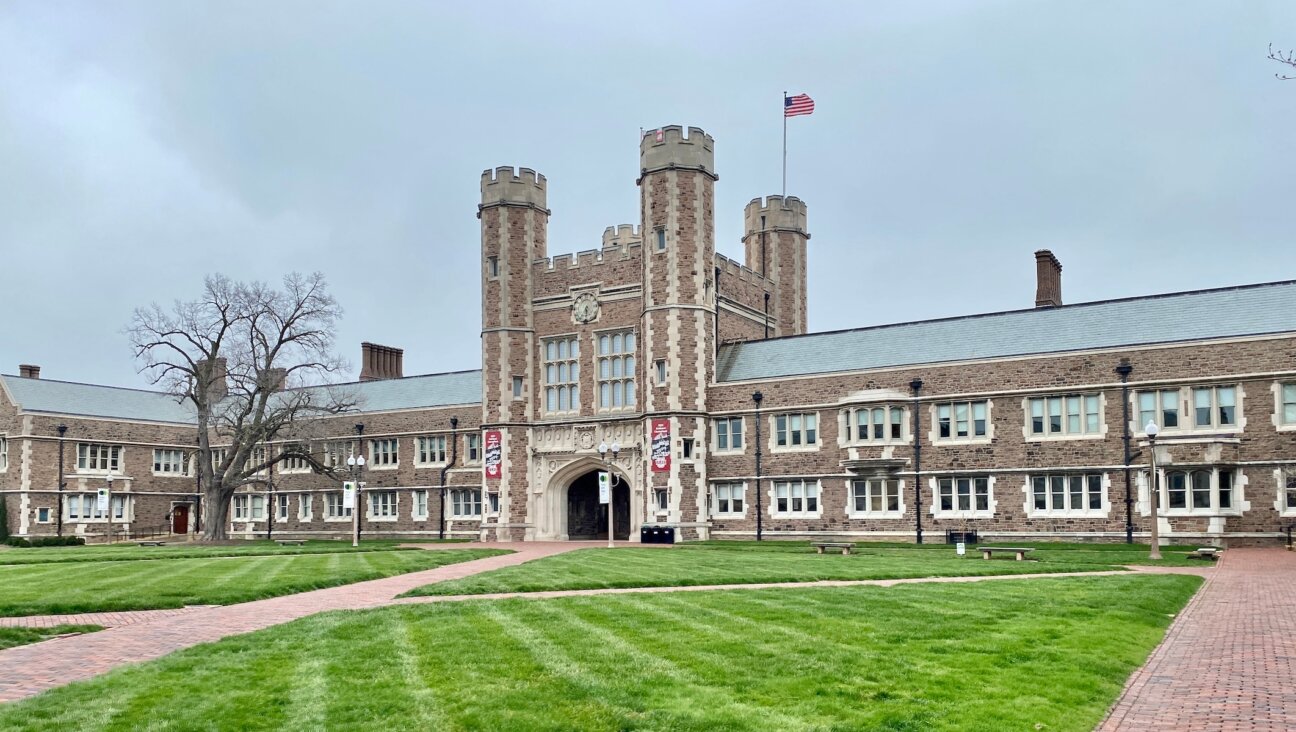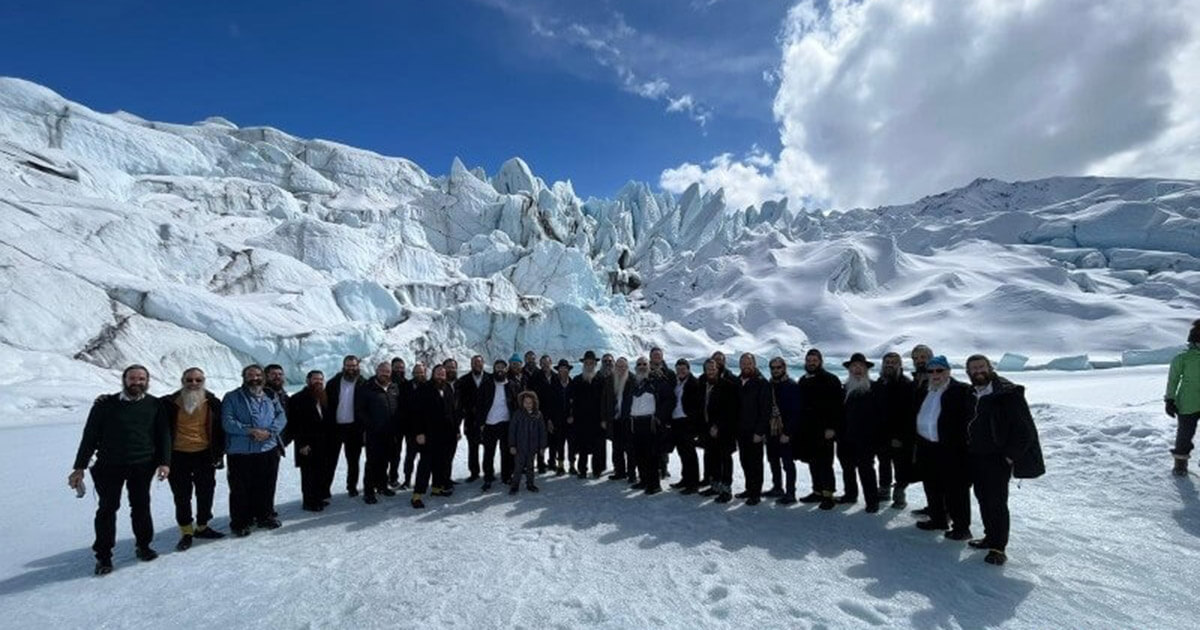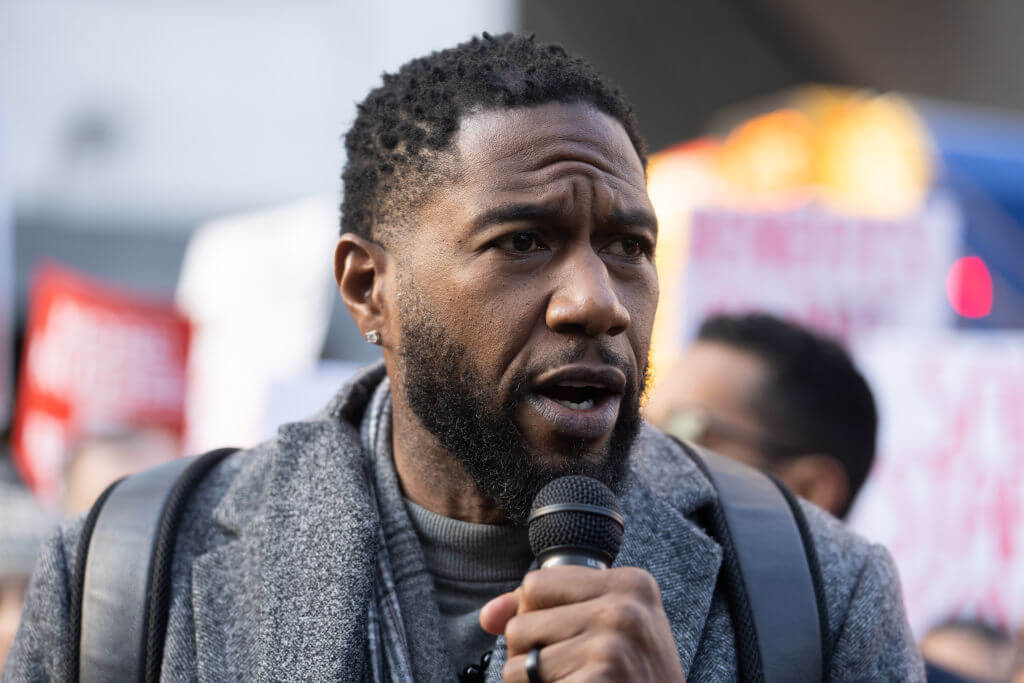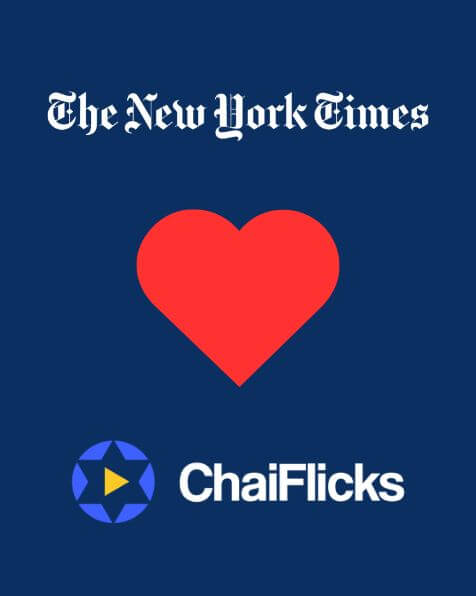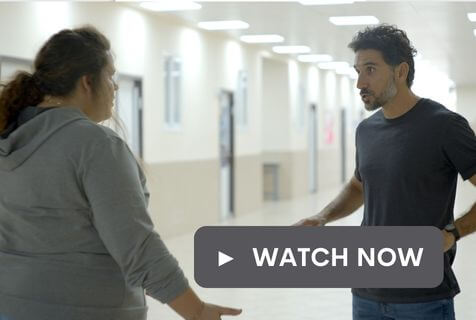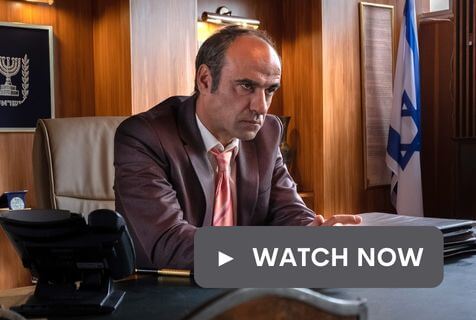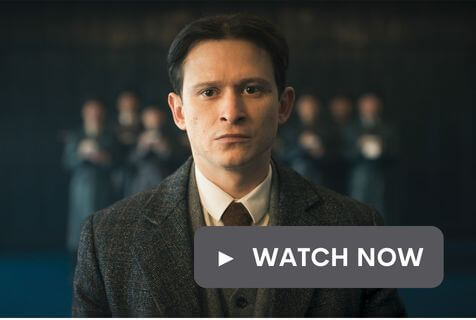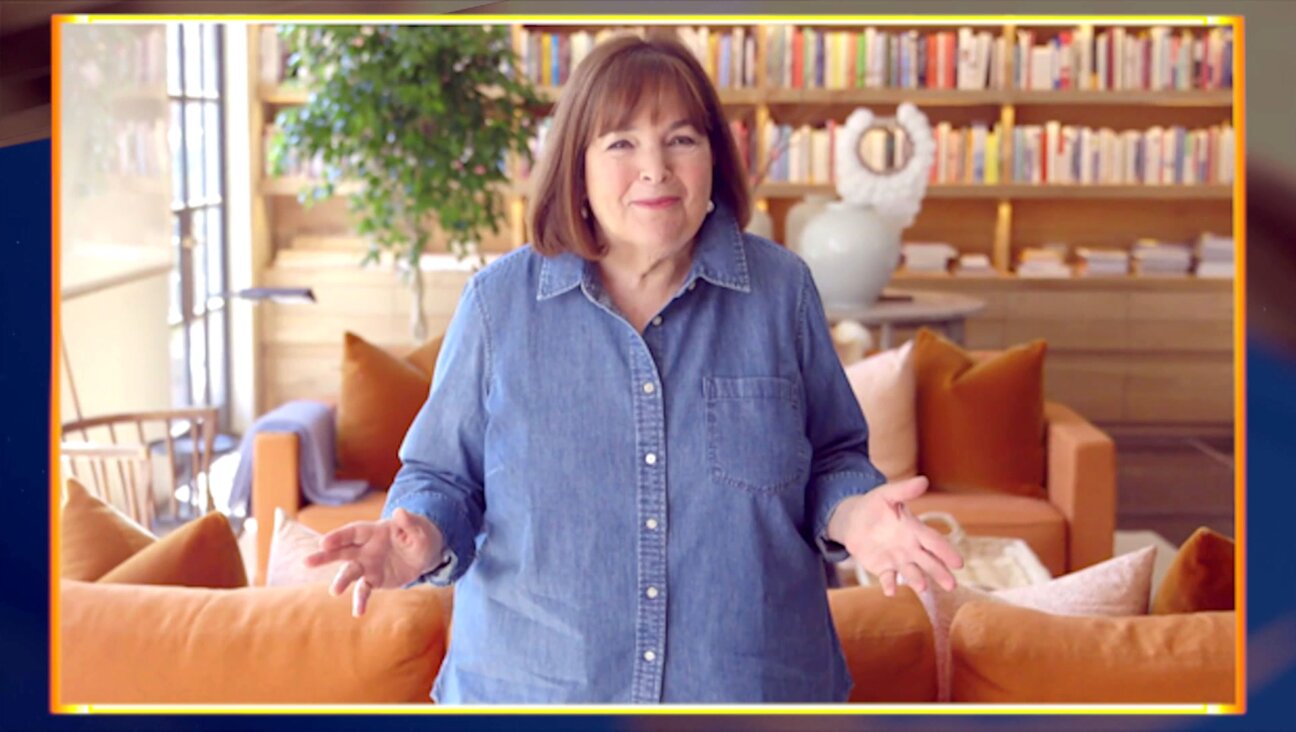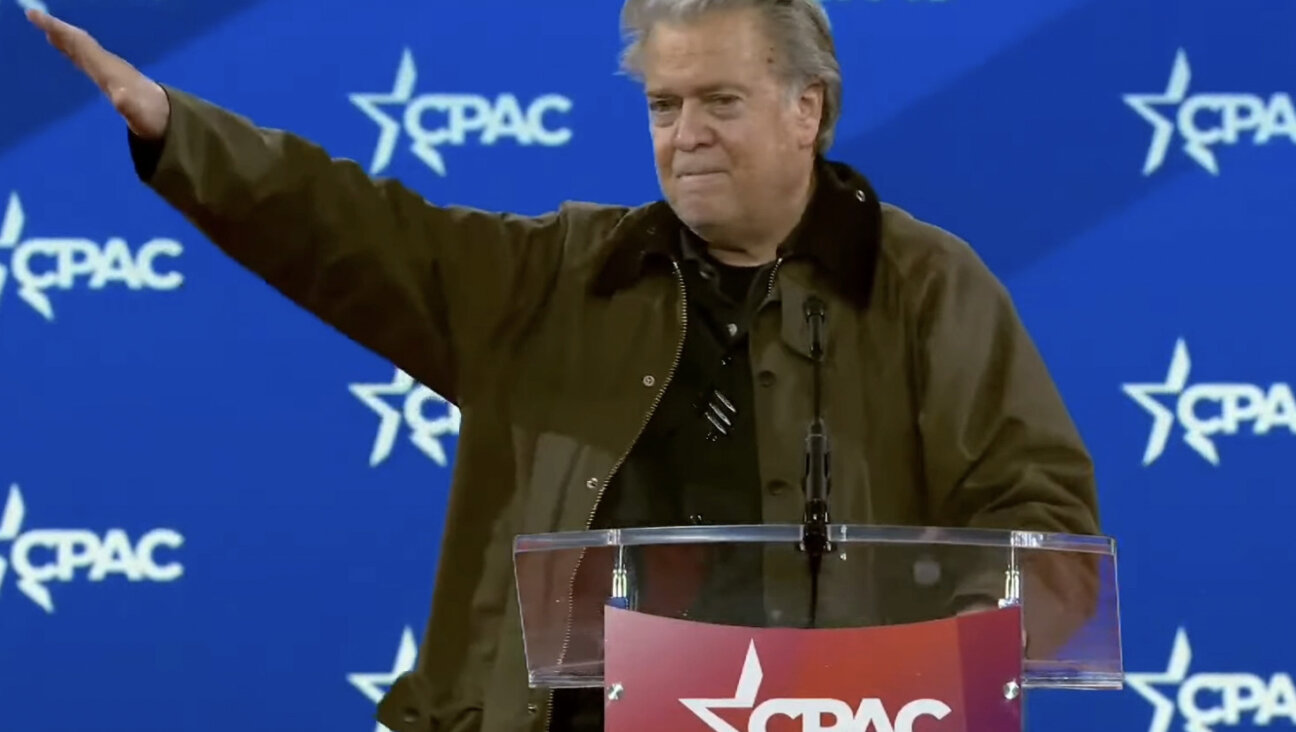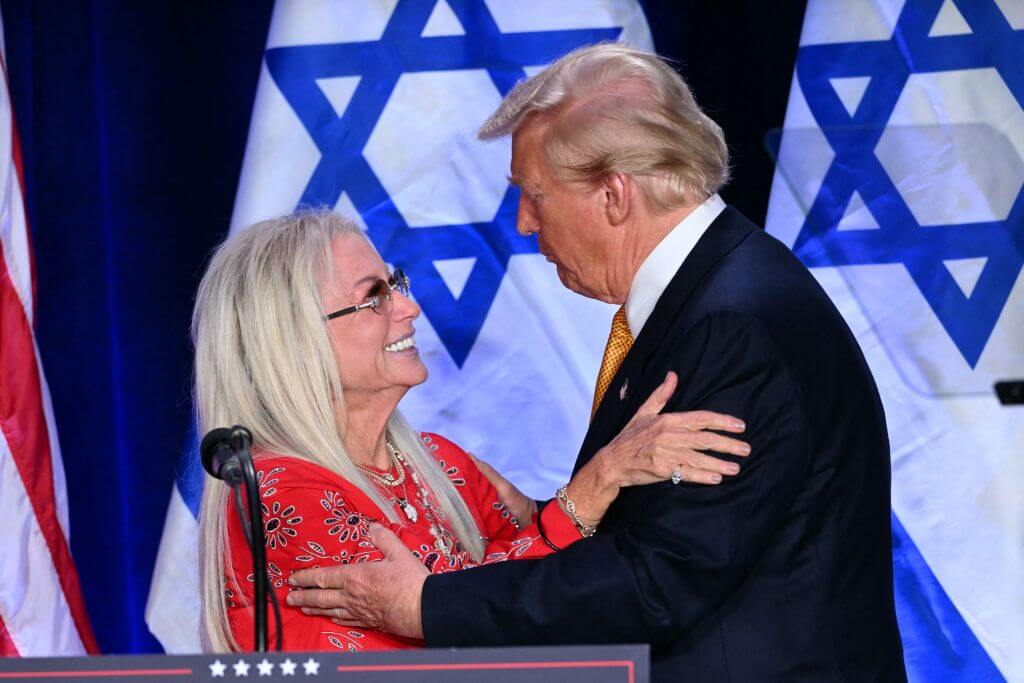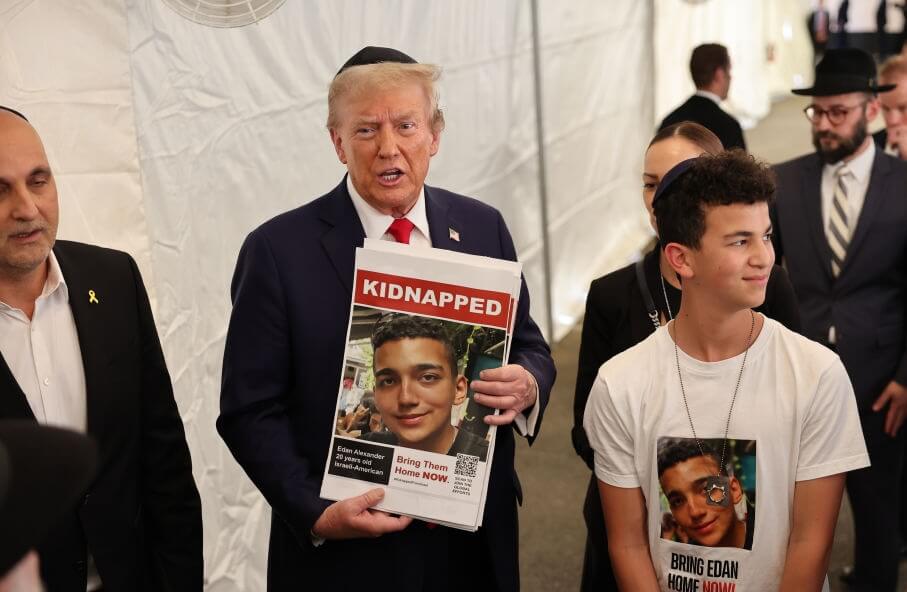‘Detectives’ on the Trail of Family History and Long-Lost Relatives

Sleuthing: Israeli Ron Lapid was inspired by his wife to begin searching for his family tree. Image by HOWARD SHAPIRO

The Past Speaks: Volunteer translator Sol Krongelb of Katonah, N.Y., helps Maris Bredt (center) of Studio City, Calif., with Yiddish notations she found on the backs of old family photos. Jennifer Starrels (left) of Philadelphia waits for assistance with copies of Yiddish immigration records. Image by Howard Shapiro
The 1,000 people who came from all over to the International Conference on Jewish Genealogy are bubbes and mommies, fathers and sons, and professionals and retirees, and besides being Jewish, they all have one thing in common.
They are detectives.
Some, like Ann Francesconi, of Tavares, Fla., have been on the trail of their extended family’s past, as she said, “pretty much all my life.” Francesconi’s most recent discovery was the passenger manifest that pinpointed her son-in-law’s Italian roots. “And when I found it, I went: Yes! Yes!” she said, reliving the wow moment of even the smallest find that can lead to the next, larger discovery and, in turn, to sites that were towns before the Holocaust, or to places around the world where newly discovered family members live.
“Genealogists never die,” declared the slogan on the T-shirt she was wearing. “They just lose their census.”
Others, like Philadelphia freelance writer Stacia Friedman, have been tracing their roots for little more than a year. Friedman struck gold on her first trip to Philadelphia’s National Archives office when curiosity about her paternal grandmother led her to a document that listed the place where her great-uncle was born. “There are some moving borders; it might have been in Ukraine one day and Russia the next,” she said. No matter. The information placed a part of her family in a locale two generations back, and gave her more of a perspective. In little time, Friedman was hooked and volunteering at the conference.
“We all came from somewhere,” said Philadelphia-based author Estelle Carpey, one of the luncheon speakers at the conference that began August 2 and ends August 7. Her forthcoming book, “A Piece of Heart,” will tell the story of an aunt lost to the family for decades, then discovered. “We all have a history. We have a culture. What your family went through, you have to put in the context of what the world was like at the time.”

Sleuthing: Israeli Ron Lapid was inspired by his wife to begin searching for his family tree. Image by HOWARD SHAPIRO
Those stories — and certainly that context — have drawn more people of many ethnic groups to genealogy. They’re searching for their pasts in a present that holds more opportunity, with new digital equipment and databases and, for those of Eastern European descent, more archives opening across the ocean as governments liberalize access.
“This is an attempt to connect with something larger than yourself,” said David Mink, a Philadelphia restaurateur and international conference co-chair who wanted to give his children a sense of their ancestry, and then began researching his family four years ago. “I felt a desire to give the people not just names, but personalities,” he said. “We are the results of everything that preceded us, I believe. There’s probably a lot of my grandparents in me.”
This was the 29th conference, which is now sponsored each year by the International Association of Jewish Genealogical Societies, a confederation of about 75 local societies around the world, and by the host society — in this case, the Jewish Genealogical Society of Greater Philadelphia. The convention tends to draw largely from the region where it is held, and throws a spotlight on that locale’s Jewish history. This year, programming about Philadelphia’s Jewish community, among the nation’s oldest, was abundant.
But there was also, it seemed, something for everyone, with more than 100 presenters, and stations that included information on DNA testing, databases, document searching and the Red Star Line that sailed immigrants to Philadelphia and New York from Antwerp for 61 years, plus document translators and the requisite jewelry and handicrafts tables.
The keynote speaker was the Rev. Patrick Desbois, a French-born Roman Catholic whose dogged research has shown that after the Nazis invaded the Soviet Union in 1941, they killed about 1.5 million Jews in Ukraine. On August 2, the night Desbois was addressing the conference, cable’s National Geographic Channel was broadcasting “Hitler’s Hidden Holocaust,” the story of Desbois’s work in Ukraine.
Many sessions offered updates on digital research and documentation. “Technology is not really new to the conference, but it’s gaining momentum — using Google Earth, for instance, to locate where family members lived,” said Mark Halpern, the conference programmer. “We have a presentation by a man from Israel about using face-recognition technology to do genealogy.” Still, a session that offered basic tips on digital photography — how to shoot pictures of tombstones so that you can decipher the Hebrew, for instance — drew a full house.
The conference featured a newly compiled digital listing of information that could be a rich mine for some genealogists; it holds the contents of a never released 1936 immigration bank book that tells who deposited money with which ticket agents for Jewish passengers coming from Europe at that time. It was a book from the Rosenbluth company, a firm that eventually became a corporate travel agency.
The Holocaust, of course, is a reason for many Jews to begin researching their family histories — to fill in blanks about murdered relatives, or as a way to find information that their parents and grandparents perhaps knew but would not share. Sometimes, as conversations with participants demonstrated, people began researching simply because they knew little about their families in a Diaspora that extends back to the destruction of the Second Temple.
“My wife was introduced to a cousin she didn’t even know existed,” said Ron Lapid, one of about a dozen Israelis at the conference, recalling his drive to begin research.
Jeff Vasser, who handled the conference’s publicity, found out that when he was growing up in Atlantic City, N.J., “cousins were living three blocks from me and I never knew.” That started him on his research. (“What?” Vasser said he asked his dad. “Why didn’t you tell me?” “You didn’t ask,” he said his dad replied.)
Jeanette Rosenberg, one of several attendees from London, simply wanted to learn “how lots of people we call Uncle-this and Auntie-that are related to me.” Her research has united her with several newly found family members in Europe and the United States, she said, whom she contacted, “and the rest is history.”
History it is, indeed.
Contact Howard Shapiro at [email protected]
A message from our Publisher & CEO Rachel Fishman Feddersen

I hope you appreciated this article. Before you go, I’d like to ask you to please support the Forward’s award-winning, nonprofit journalism so that we can be prepared for whatever news 2025 brings.
At a time when other newsrooms are closing or cutting back, the Forward has removed its paywall and invested additional resources to report on the ground from Israel and around the U.S. on the impact of the war, rising antisemitism and polarized discourse.
Readers like you make it all possible. Support our work by becoming a Forward Member and connect with our journalism and your community.
— Rachel Fishman Feddersen, Publisher and CEO







